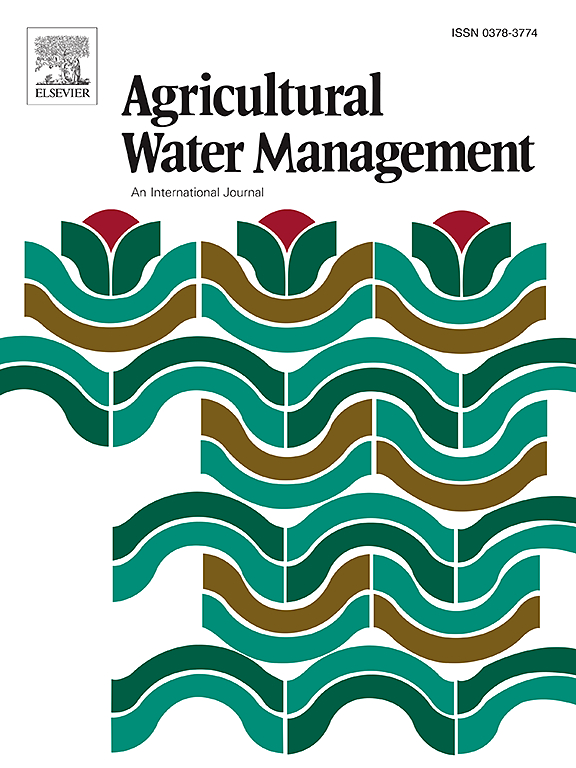Does water-saving irrigation truly conserve water? Yes and No
IF 5.9
1区 农林科学
Q1 AGRONOMY
引用次数: 0
Abstract
Irrigation is by far the largest consumer of freshwater, and is thus widely acknowledged as a major contributor to water scarcity. Consequently, water-saving technologies (WST) are considered to be effective in reducing irrigation water use and alleviating water scarcity. However, growing evidence indicates that looking at the larger spatial scale, these technologies may exacerbate water scarcity, particularly in arid regions. This study evaluated the water-saving effect at the field and regional scales based on a water accounting framework for an arid oasis region in Northwest China. The results showed that, with the application of WST, irrigation volume decreased by 1012.95 m³/ha over 20 years, with reduced soil evaporation for 80.4 % of the cropland. However, the perceived water saving gives the misleading impression that overall water use is declining, encouraging farmers to expand irrigated areas in pursuit of higher profits. Our results confirmed that the expansion leads to more water consumption at a regional scale. More importantly, this study highlighted that not all water losses are wasteful. Drainage plays a crucial ecological role in salt leaching and nourishing adjacent desert vegetation. Its significant reduction has occurred alongside noticeable drops in groundwater levels in the oasis-desert ecotone, which has subsequently led to vegetation degradation. These findings provide valuable insights for implementing water-saving measures in arid regions worldwide and serve as a warning that the overuse of WST in such areas could exacerbate water scarcity and ecological crises.
求助全文
约1分钟内获得全文
求助全文
来源期刊

Agricultural Water Management
农林科学-农艺学
CiteScore
12.10
自引率
14.90%
发文量
648
审稿时长
4.9 months
期刊介绍:
Agricultural Water Management publishes papers of international significance relating to the science, economics, and policy of agricultural water management. In all cases, manuscripts must address implications and provide insight regarding agricultural water management.
 求助内容:
求助内容: 应助结果提醒方式:
应助结果提醒方式:


